As far as holidays go, Easter Monday in Canada is a bit “hit or miss”! The Federal Government lists it as a statutory holiday and some provinces and territories keep it as such, others don’t or it is left to the discretion of employers. When I immigrated to Canada from the U.K. I must confess this was a big surprise and disappointment especially when studying theology at the University of Toronto I found myself having to take exams on Easter Monday! I had been used to Easter Monday as a day of joyful relaxation, of sharing happiness with all. In many countries it is a day marked by festivities with families and friends, a time to take trips, enjoy meals together and, from a Christian perspective, a time for continuation of Easter celebration.
Once I had recovered from my Easter Monday nostalgia I began to think of the day anew. At the very heart of Easter Monday is the hope-filled news of resurrection – new life and promise as Springtime too unfolds with its gifts. It isn’t simply a continuation of Easter celebrations. Rather, Easter Monday reminds us to move forward in hope. It is a day to celebrate faith and self-giving love, a time for reflection on the promise of life given us in Christ and in the seasons celebrated more widely by all. Easter Monday provides us with a gateway into the long Easter season of joy as we contemplate the transformative potential given in faith in the Paschal Mystery. Even in hard, dead times the memory and rebirth of hope to be rekindled is ever-present. The whole Easter season sends out an invitation to reach toward others, especially those who may be struggling with disillusionment, grief, anxiety and to the decimated Earth. A good question to ask of ourselves is “what difference does resurrection make in my life and in my care for others and in my world perspective”? Perhaps we can say, “it makes all the difference in the world!”
In a beautiful, albeit sad, poem called, “Easter Monday”, written by poet, Eleanor Farjeon in memory of her friend, Edward Thomas who was killed on Easter Monday, 1917 on a battlefield in France during World War 1, we catch glimpses of still-existent hope. We read of promise beyond the present moment, a restoration of life even in death, resurrection in harsh reality and loss. The poem reflects a sudden and extreme grief but also echoes magnificently in the final verse, the consolation of the Divine in its images of Easter and the new life of Spring:
That Easter Monday was a day for praise,
It was such a lovely morning.
In our garden we sowed our earliest seeds,
and in the orchard, the apple bud was ripe.
May this easter Monday bring seeds of hope and new life to all.
-Sister Mary Rowell, csj
Images: Unsplash Tim Gouw








